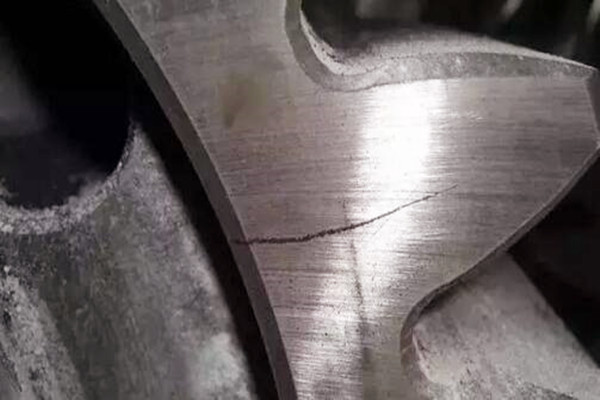1. Effect of quenching process
Quenching temperature: If the quenching temperature is too high, the austenite grains of high manganese steel will grow, resulting in reduced toughness of the material. During the cooling process, due to the combined effect of tissue stress and thermal stress, the casting is prone to cracks. For example, when the quenching temperature exceeds 1050℃, the probability of cracks will increase significantly for some high manganese steel castings with complex shapes.
Heating rate: Fast heating causes internal-external temperature differences, creating thermal stress. In large or complex castings, this may exceed strength and cause cracks. For example, rapid heating of high manganese steel can crack junctions between thin and thick sections due to stress.
Cooling rate: The quenching cooling rate is also critical. Fast cooling causes large internal-external temperature gradients and uneven structure transformation, leading to high tissue and thermal stress.. If the cooling rate is too slow, sufficient hardness and wear resistance cannot be obtained. For high manganese steel castings, the appropriate cooling rate needs to take into account the shape, size and other factors of the casting. Improper cooling rate is prone to cause cracks.
2. Influence of tempering process
Tempering temperature and time: If tempering is too hot or long, high manganese steel loses strength, reducing crack resistance. Improper heating/cooling may cause cracks. For example, over 600°C, internal stress can crack castings due to strength loss.
Untimely tempering: If the high manganese steel castings are not tempered in time after quenching, a large amount of quenching stress will remain inside the castings. These stresses may cause cracks in the castings during subsequent processing or use, affecting the quality and service life of the castings.

